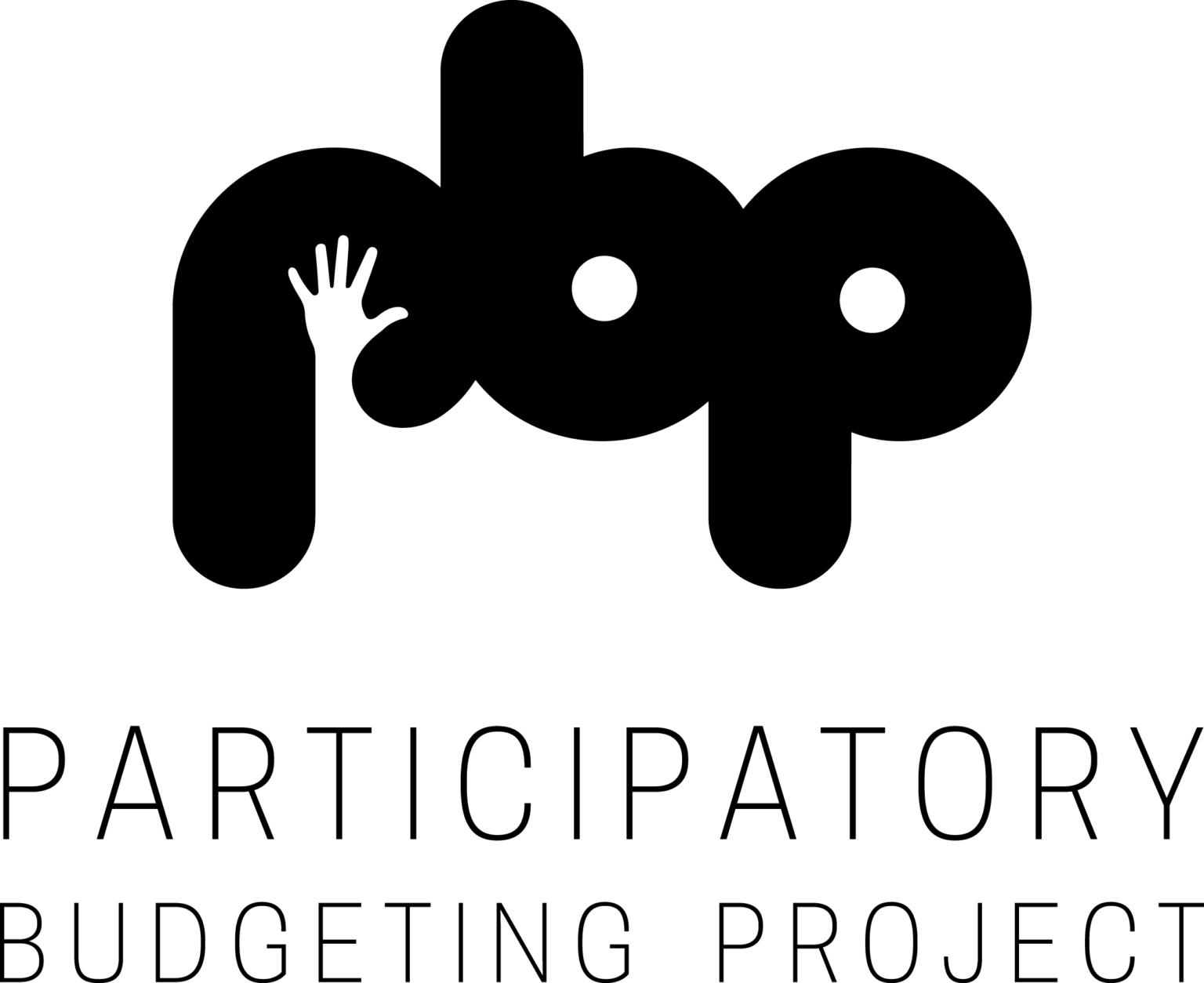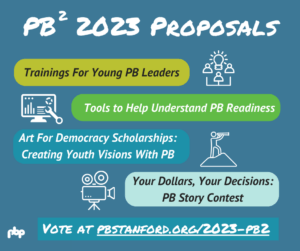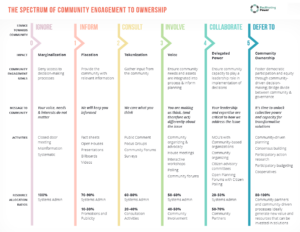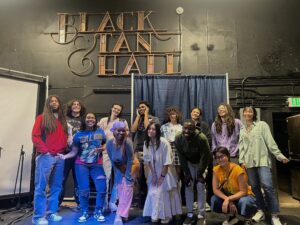Releasing a FREE Outreach Toolkit to strengthen PB processes and beyond! This is Democracy Made by You!
In PB—as in all community organizing work—the people give power to the process. Even more, for a process to be effective, it must engage people who best understand the pressing issues in their community.
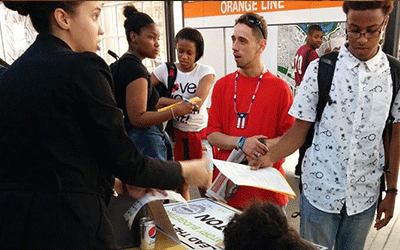 At PBP, we believe the success of engagement is as much about how representative participants are of their community as it is about the number of people who show up. We’ve found that in order to engage a representative group of participants, outreach needs to be focused on historically underrepresented communities.
At PBP, we believe the success of engagement is as much about how representative participants are of their community as it is about the number of people who show up. We’ve found that in order to engage a representative group of participants, outreach needs to be focused on historically underrepresented communities.
We developed an Outreach Toolkit to support PB practitioners in making their processes more equitable and reflective of the communities in which they’re working. While its target audience is those leading PB processes, we’re excited to share the toolkit with everyone out there doing the hard work of making our democracy more participatory.
If you’ve ever asked questions similar to the questions below, this toolkit is for you!
- How do I reach people and groups that I don’t have an existing connection to?
- How many people do I need to call to fill the room at our next meeting?
- How can I utilize volunteers most effectively for outreach?
In the toolkit, we outline what effective outreach looks like, and talk through tips and tools including, but not limited to, the following:
- Direct outreach resources toward engaging underrepresented communities. Focus outreach efforts on disenfranchised groups, under-resourced neighborhoods, and community members least likely to participate on their own. These groups include low-income communities, communities of color, immigrants, non-English speakers, youth, and formerly incarcerated individuals—among others. We recommend starting with community maps and census data of the area you’re working in to guide your understanding of the demographic and socioeconomic makeup of your jurisdiction.
- Establish community partnerships. Developing partnerships early on with local groups who have roots in the communities you want to engage is essential to doing effective outreach. Work with these stakeholders to set concrete outreach goals and identify the strategies, activities, and messages that will work best in their communities.
- Recruit, train, and mobilize volunteers. Members of community-based organizations, service clubs, local high schools and colleges, and those who’ve attended past PB events can help you hit the streets, doors, and phones for strong PB outreach.
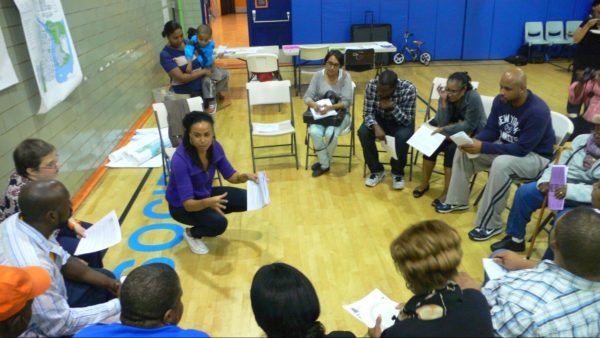
The toolkit includes more on key elements in planning effective outreach and putting plans into practice by making the most out of your time, energy, and resources. It also includes concrete tactics, worksheets, sample materials, and a list of tools to aid you along the way—with examples from other PB processes and blank templates you can use in your work.
The content in the toolkit draws heavily from materials developed by Community Voices Heard (CVH) for PBNYC. PBP thanks CVH for their generosity, leadership, and commitment to ensuring effective outreach is core to PB practice in New York and beyond.
This toolkit and many other tools were developed because our supporters participated in our own PB process. Idea Collection for the next round of PB2 starts now; submit your idea for our next round of tools!
Strengthen your work to make our democracy more participatory and more equitable by downloading our Outreach Toolkit. We hope the tips and tools in the toolkit will set you up for effective outreach!

